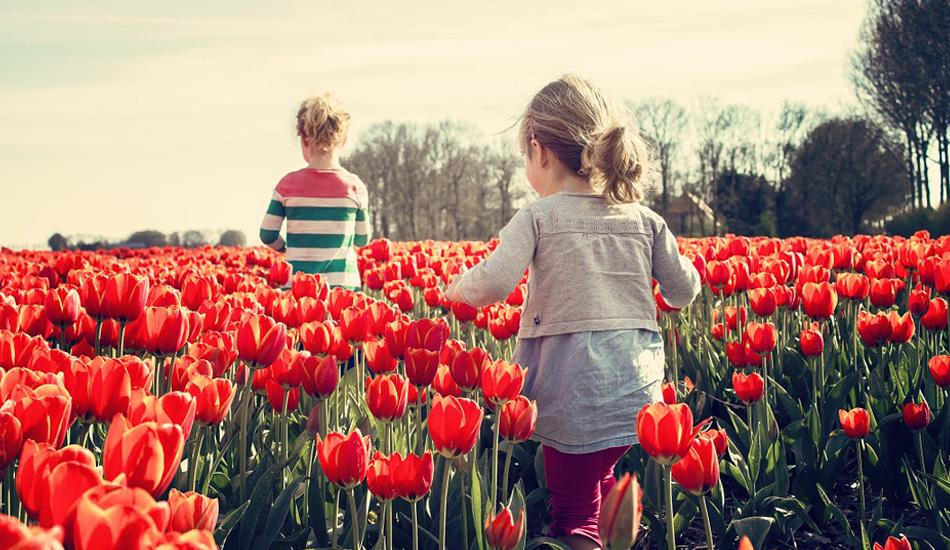When it comes to colorful clothing in China, no one wears them better than the Miao, or Hmong, ethnicity in the country. The Miao have a long history and culture beginning from the Qin Dynasty. And since then, they have honed their arts and crafts, which remain impressive to this day. As lovers of singing and dancing, their folk literature, particularly the array of songs of love and toasting, is as sophisticated as their taste for clothing.
From cross-stitching and embroidery to weaving, paper-cuts, and batik, these techniques have all been mastered by the Miao through the years. But out of all this, batik is probably the most beautiful. Using a knife dipped in wax, a white pattern is drawn on a white cloth. The boiling of the cloth follows, and the result is a white pattern on a blue background.
The output is not restricted to one result, as in recent years the Miao have developed different colorful designs to print with the help of new technologies. Their creations are now exported throughout the world.
Miao women’s wear
When it comes to women, a blouse with a wide collar, narrow sleeves, and a pleated skirt completes the Miao set of clothing. The women’s attire is refined with jewelry, embroidery, and other designs.
The pleated skirt is 30 to 40 layers, decorated with cross-stitch patterns, embroidery, and bright brocades. The batik technique is also applied as well to create designs and images such as plants and animals. All of these are handcrafted by the young Miao girls, which might take them one to two years — from weaving the fabric and stitching the adornments to other long processes.

But that’s not all there is to see in the designs. The most striking feature of Miao attire is the silver accessories. In their culture, silver symbolizes good fortune, represents family status, and is thought to be a metal with the power to repel evil spirits.
Traditional Miao parents start collecting silver jewelry from their daughter’s birth until her marriage. At a young age, the girls wear silver locks over their bosoms for protection and good luck, and only remove them once they are married.
Most people presume that the designs and jewelry are there just for aesthetic reasons. However, the embroidery and silver tell the story of the Miao. They use their garments as a way of recording and sharing their history, tales, and practices. Many of these outfits are ancestral. They are worn by generations of women and have endured the test of time.
The Chinese refer to the women of Miao as “fairies” because of the festive traditional dresses they wear, giving them their ethereal and otherworldly appearance.
Miao men’s wear
As for the men, they don different types of headwear — either turbans (satin skull caps with pink pom-poms) or caps that look like a hybrid between a yarmulke and a fez. Their traditional clothing is a black short-sleeve tunic, with the chest adorned with embroidered panels. Around their shoulders and waist are sashes and bandolier-like belts with hanging silver coins. Their black baggy trousers are combined with a deep crotch that almost touches the ground.

A Miao’s attire is based on the wearer’s region of origin and age for both males and females, and so, the clothing varies. For example, men among the group known as the Black Miao wear dark skull caps and indigo tunics with embroidered colors. Underneath are a long shirt and pants held together by embroidered belts. Sometimes, they are adorned with silver loops around their necks, bronze bracelets, and a dagger secured on their belt. In other areas, men have buttoned short jackets and wear scarves, long trousers, and wide belts.
Follow us on Twitter or subscribe to our weekly email








